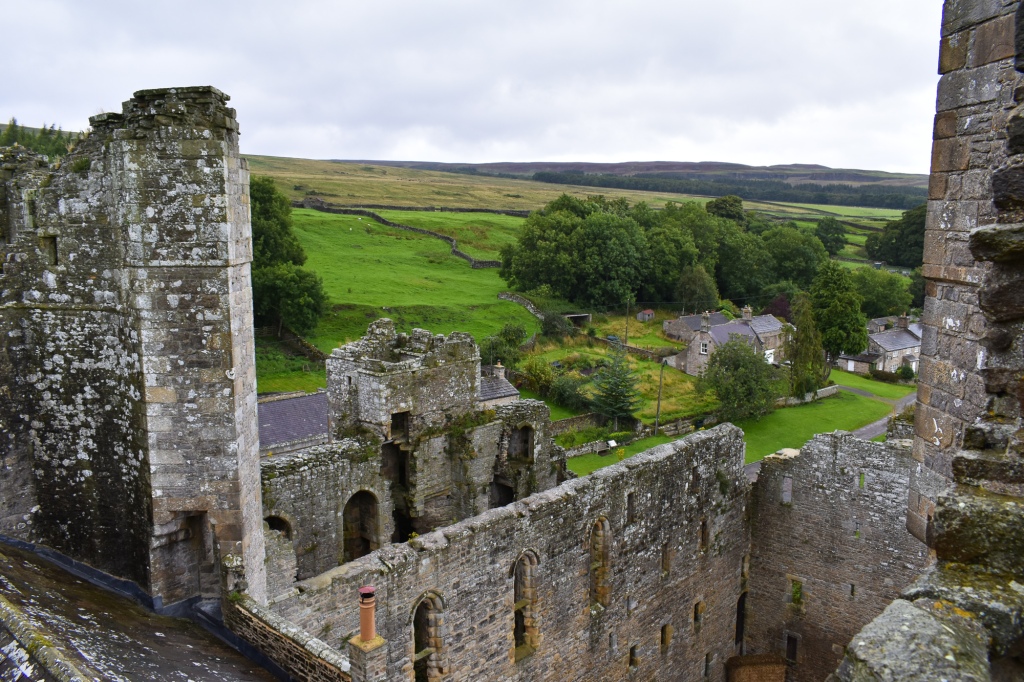
Continuing the account of our recent visit to Bolton Castle, a privately owned ancient monument in Wensleydale, North Yorkshire, England. You’ll find the first part here.
We returned to the Courtyard to visit the Guest Tower, most of which is no longer standing.


And then along to the outdoor Forge, a stores area and, rather surprisingly, up a short flight of stairs to reach the outer cell underneath which lay the Dungeon, cut into the bare rock. This tiny, windowless cell is entered only by a gridded opening in the floor of the room above. Prisoners were either lowered by rope or tossed into the stone area and generally left to rot. Cruelty was a normal feature of the age, but, in reality, very few prisoners were subjected to this form of torture.

In the castle, apart from the defending forces, the family, any guests, servants, and clerics, were also a good number of craftsmen and women.
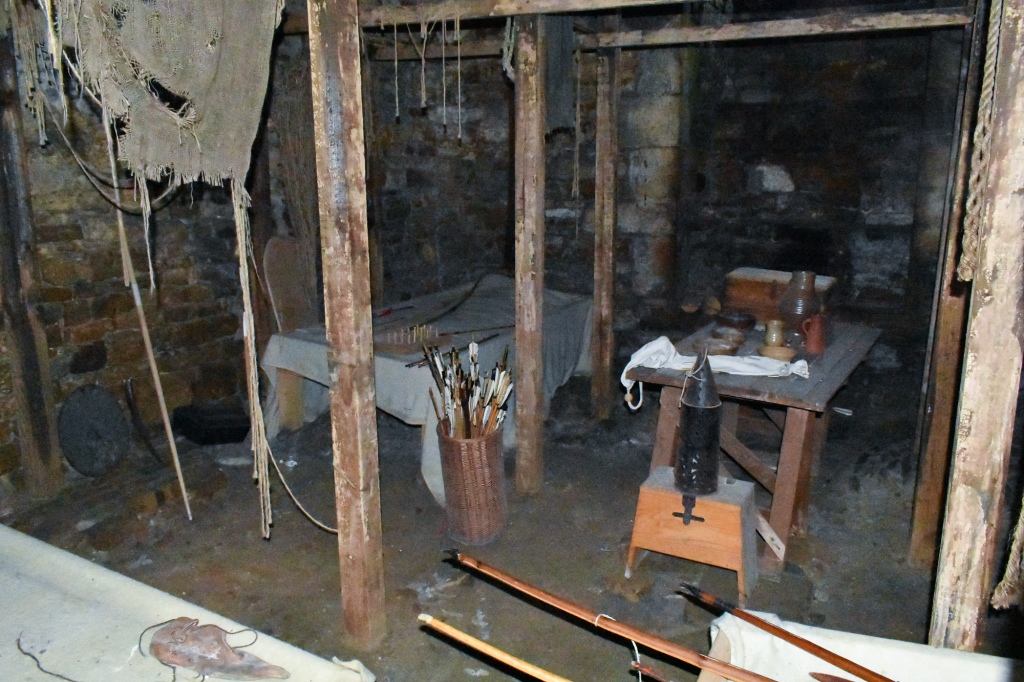
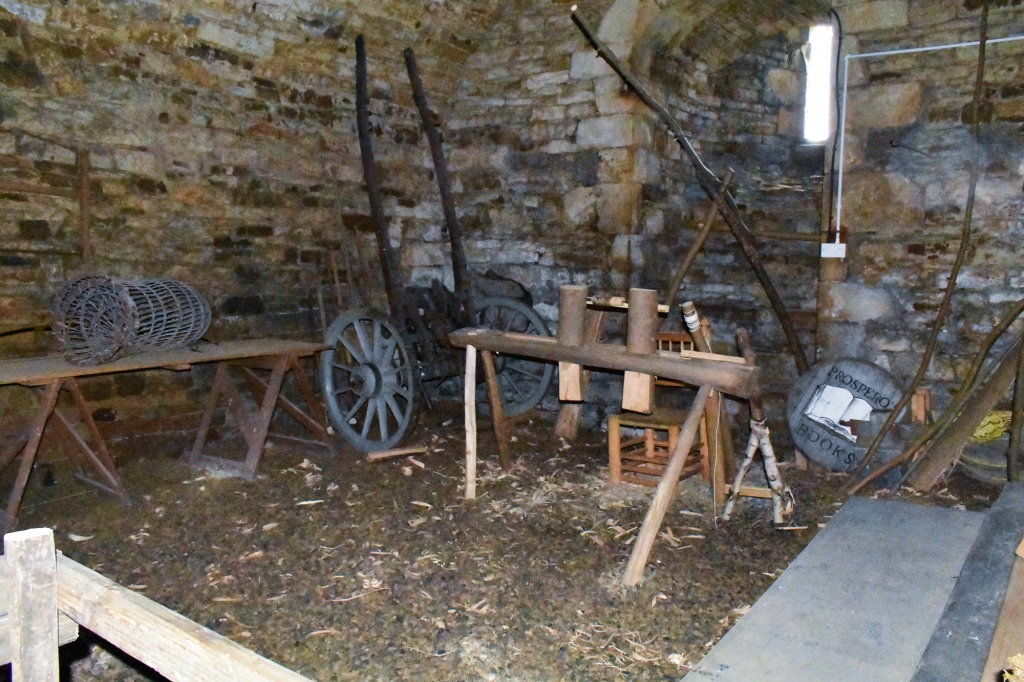
These included stonemasons, blacksmiths, carpenters, foresters, millers, bakers, candlemakers, thatchers and many others. Not all lived within the castle walls, of course. Many lived in the small village and the surrounding countryside, but all would have been subject to the rule of the resident Lord of the castle.


Back up to the 1st floor and the Malting House and Old Kitchen, where we were engaged in conversation by a small group of men and women preparing the place for a private party that weekend. The food due to be served sounded delicious, but the place wouldn’t be open to the public for this event. We were fortunate to be given lots of information on the castle by the man in charge of preparations.

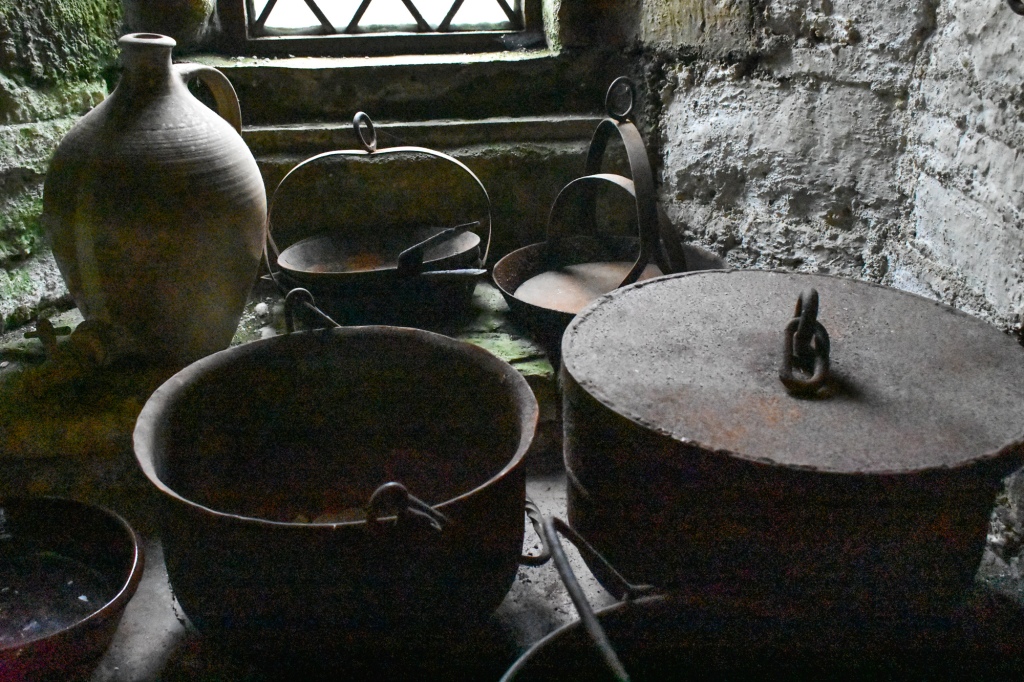
It’s from this level that you have access to the gardens. As the rain had returned, we gave the outside a miss, which meant we also didn’t see the Falconry Display or Archery Demonstrations that are generally held for visitors a few times each day.
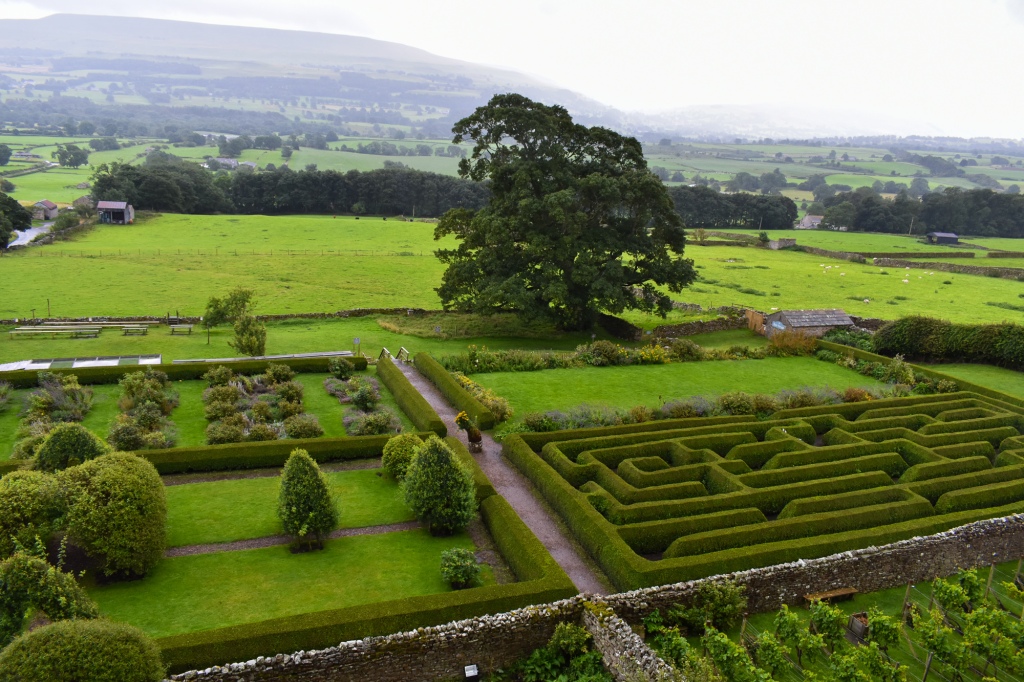
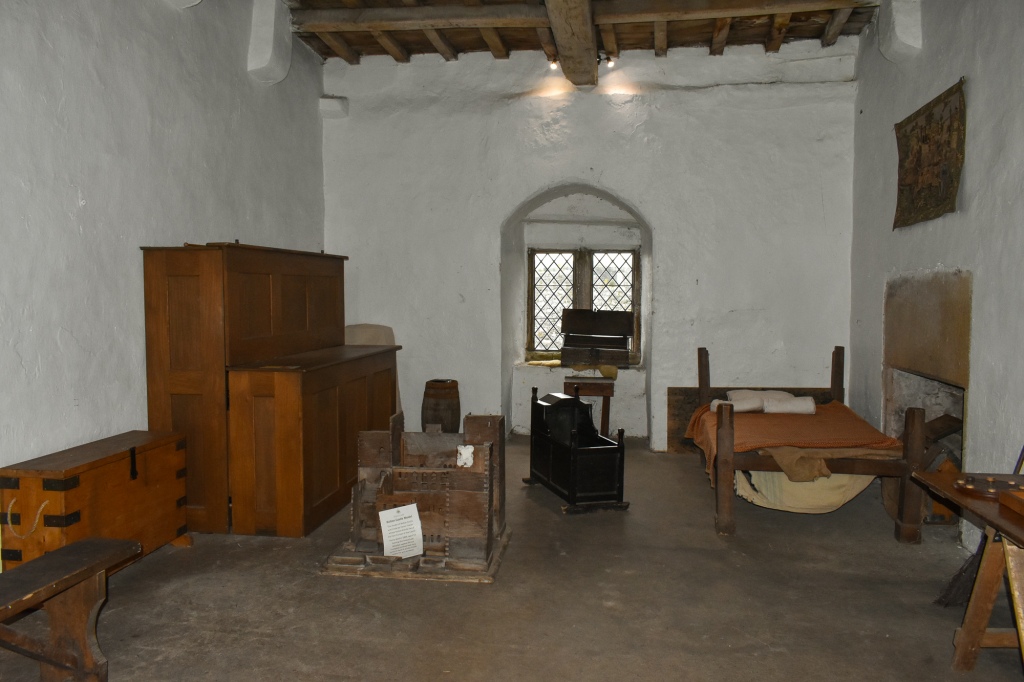

On up to the second floor with the Solar, the Nursery, where some old games were available for play and a chest of clothes made available for children who want to dress in costumes of the time. And there are also the Monks’ Cells; simple and small but relatively comfortable livings within the security of the castle.


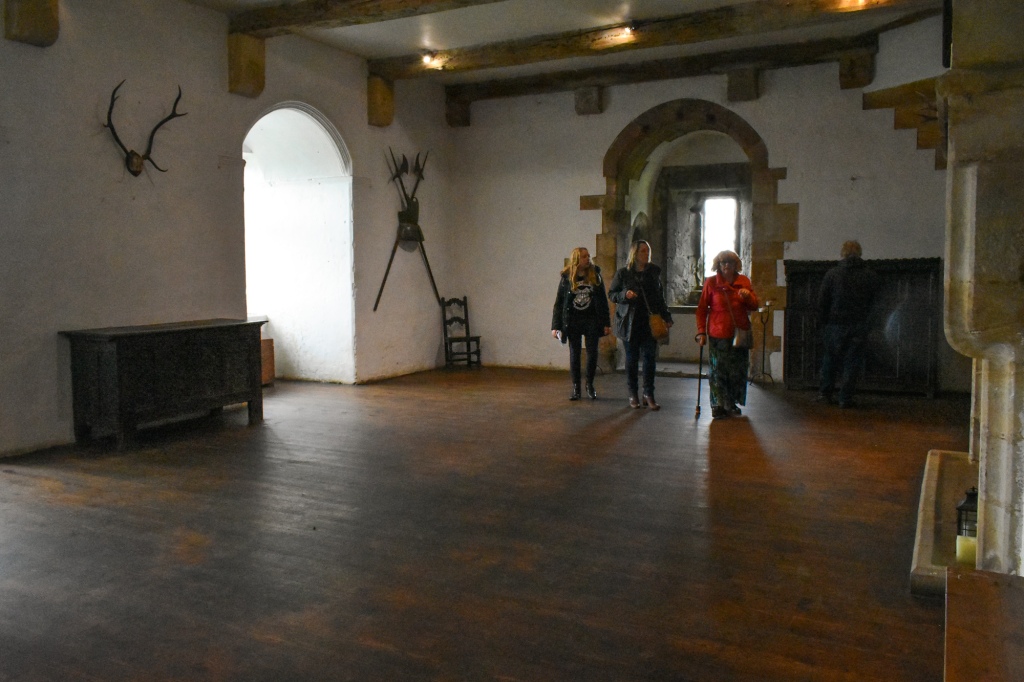
Next to the nursery, which was once used by ladies in waiting to Mary Queen of Scots, was the Great Chamber, originally used as a comfortable and less formal gathering area for the immediate family.

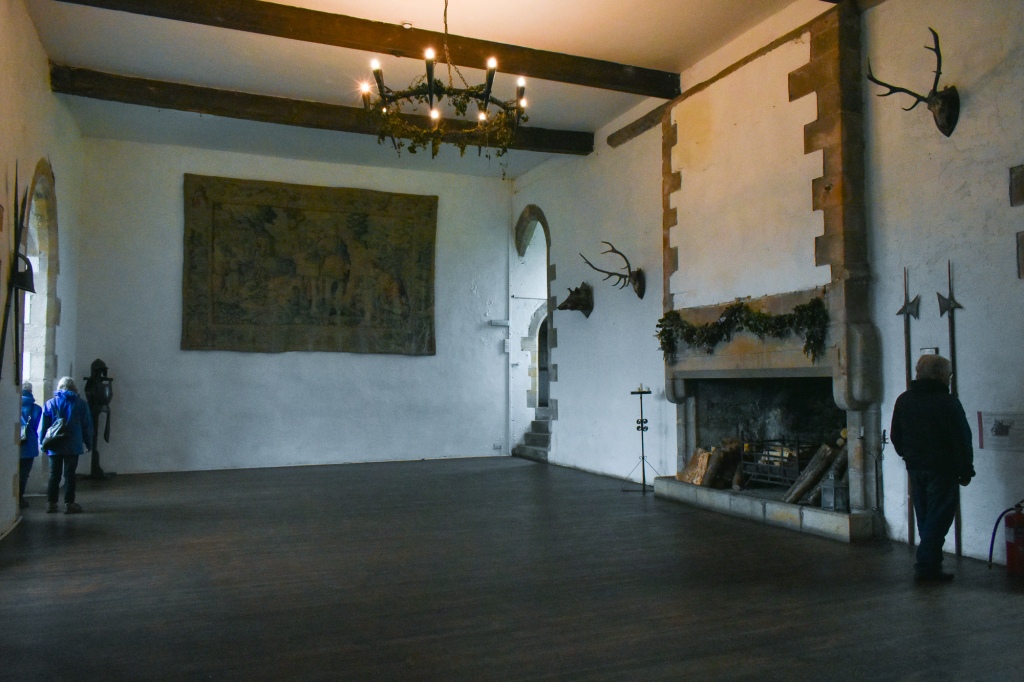
From there we climbed to the 3rd floor and visited the room that was usually the bedchamber for the then Lady Scrope, with her husband’s chamber above.

It served as the bedchamber for Mary, Queen of Scots during her period of imprisonment. She brought 51 people with her, including a secretary, physician, 2 cooks and 3 laundresses (imprisonment was a little different for royalty than it was for common folk consigned to the dungeon!). Bolton Castle was one of a number of prisons she occupied until a plot to assassinate Queen Elizabeth I was discovered and she was executed for treason in 1586.

Above the luxury temporary prison is the fourth floor, giving access to Lord Scrope’s bedchamber, first occupied more than 600 years ago by the then Chancellor to King Henry II. Richard le Scrope died in 1403 and was succeeded by the family sons throughout the following centuries. There are a couple of info boards in this room, giving details of the exploits of various Lords of the castle from its building until 1653.

Beyond this room, a small part of the tower rises above the rest providing views of the castle and the open countryside beyond. In spite of the returned drizzle and threatening cloud, we climbed the narrow stairs to get to these wonderful vistas and were rewarded with views of the distant fells with their heads in the low clouds. On a clear, bright day, these panaramas would be truly spectacular.
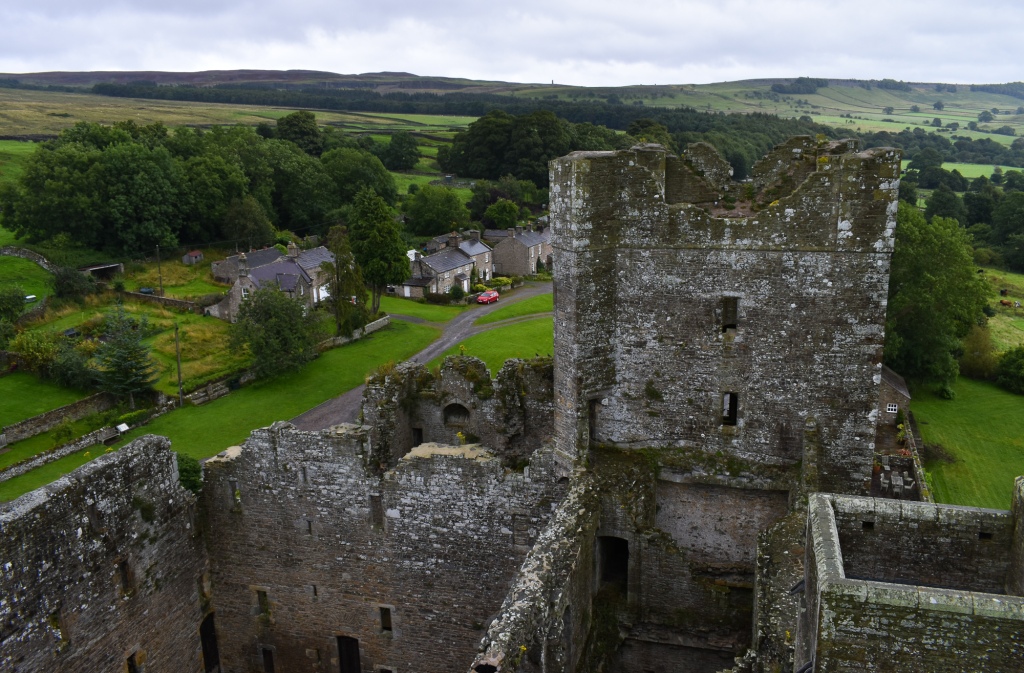


We made our way back down to the 1st floor and entered the Tea Rooms, where we had a good, tasty lunch and warming drinks of tea and coffee, all very good and at reasonable prices, served by friendly local women who made the whole experience a pleasure.
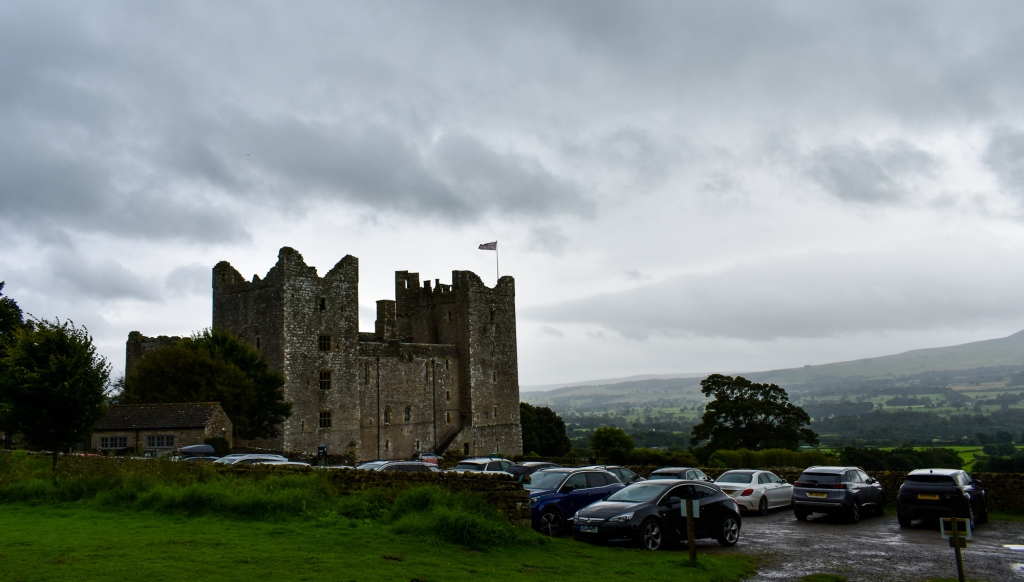
Back outside, we crossed the car park to catch sight of the wild boar kept in a wide area of trees and undergrowth on the rise above. We’re familiar with these creatures, which are common in the Forest of Dean, where we live, though they can be elusive there in spite of their numbers. But, being sensible pigs, they were sheltering out of sight, so we explored the local fields briefly before returning to Steve and Alison’s home further down the dale. A good visit, which we all enjoyed.
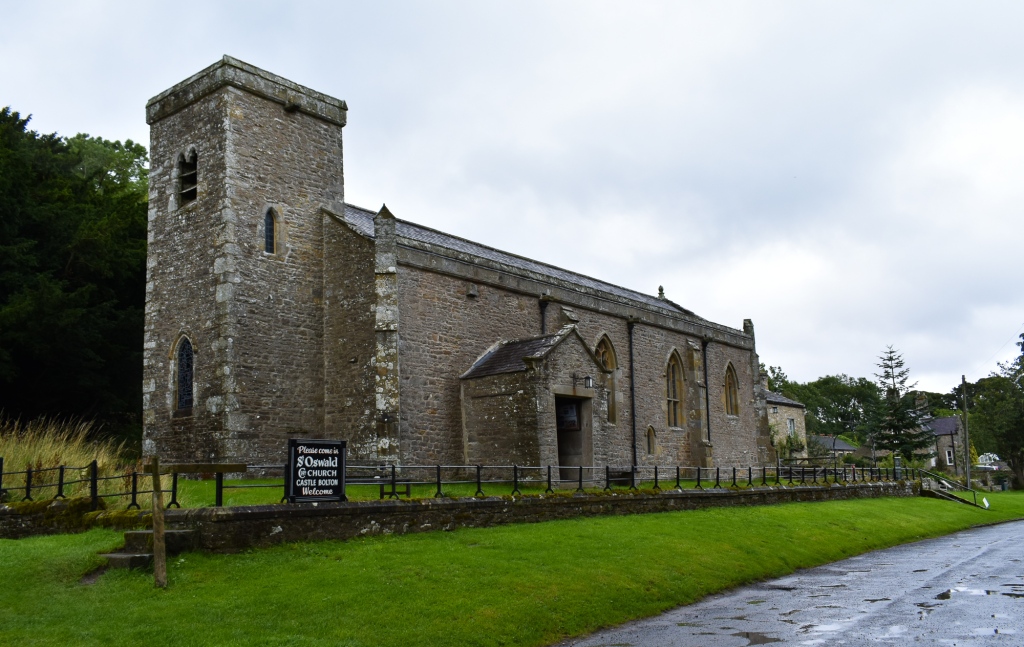
My only reservation regarding the castle is political: such ancient buildings should really be in the hands of either English Heritage or the National Trust rather than privately owned. Let’s face it, these castles along with most ancient manor houses were largely rewards bestowed on ‘nobles’ (sometimes paid mercenaries, or unelected landowners who changed allegiance according to who was ruling at the time). They were the ones who chose the winning side, provided armed forces via the conscripted peasantry, and were amply rewarded with land, at the expense of the native population who tended those fields and forests in an attempt to live reasonable lives. An old feudal system that has no place in a modern world, and one that should now be done away with. End of rant.

This castle is a well-maintained and well-presented mix of ruins, grounds, and standing ancient buildings worth the visit. The place also welcomes school trips and is available for hire as a wedding venue.


I hope this account and the pictures accompanying is of interest and provide information for those curious about the history of our splendid little island.


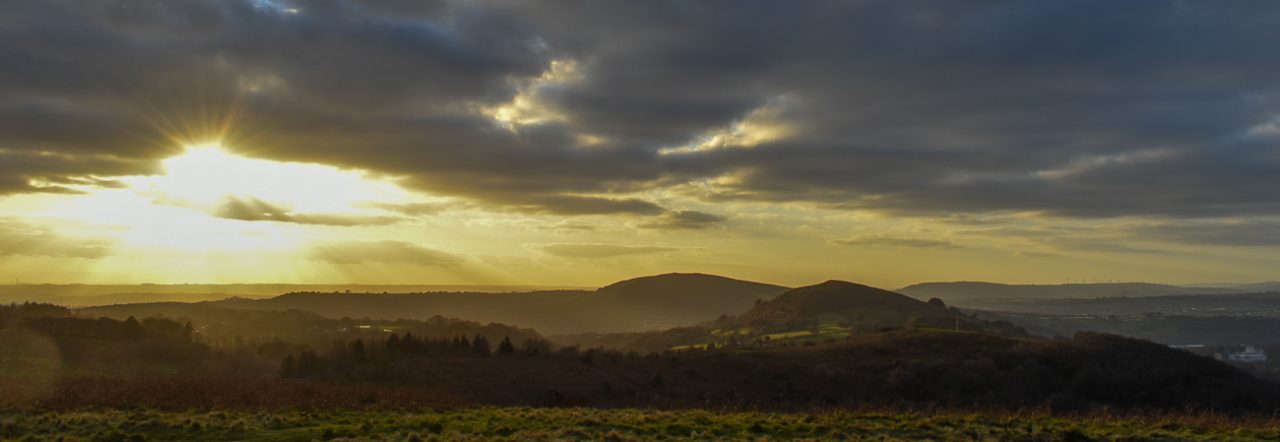

Great photo essay. My favorite images were “Looking up the north-west tower” and “Part of the ruins created by the civil war.” But then, I gravitate to such artistic angles in my own photography.
LikeLiked by 1 person
Thanks, Denise. As luck would have it, these two were the most difficult. I had to ‘snatch’ them due to the falling rain, as I wanted to keep my lens dry! I didn’t manage that, but I always carry a cleaning cloth, so was able to restore the lens to optimum performance afterwards. I, too, like to use unusual angles when possible. Now I’m over 70 I’m not as flexible as I was, and getting up off my knees is no longer as easy as it used to be!
LikeLike
IKWYM about not being as flexible as you once were. With my mobility issues, I’m hard pressed to even get out to the photogenic places, let alone capture those tricky angles.
LikeLiked by 1 person
That’s hard, Anon. I’m no longer as mobile as I was, but at least I’m able to get around. I hope these pics and descriptive posts at least give you some pleasure now you’re not able to see such places for yourself.
LikeLike
It looks well maintained and preserved. To think Mary Queen of Scots spent the end of her life there gives me the chills.
LikeLiked by 1 person
Bolton Castle was only one of many castles used to hold Mary, Queen of Scots, Darlene. She was actually last imprisioned in Fortheringay Castle, Northamptonshire, and was executed there: https://www.britainexpress.com/counties/northants/castles/fotheringhay.htm
In those days, it was unwise to be too passionate about religion, as intolerance was extremely high and the tribalism resulting from it was the cause of much cruelty on both the Pretestant and Catholic sides of the argument. Mary was just one of a large number of victims of prejudice.
LikeLiked by 1 person
In some ways, things haven’t changed much. Sigh.
LikeLiked by 1 person
At least we no longer have people burned at the stake – well, not in UK anyway. Most of those acts were essentially about power and control. Hopefully, the modern mind is more open to tolerance and critical thinking.
LikeLike